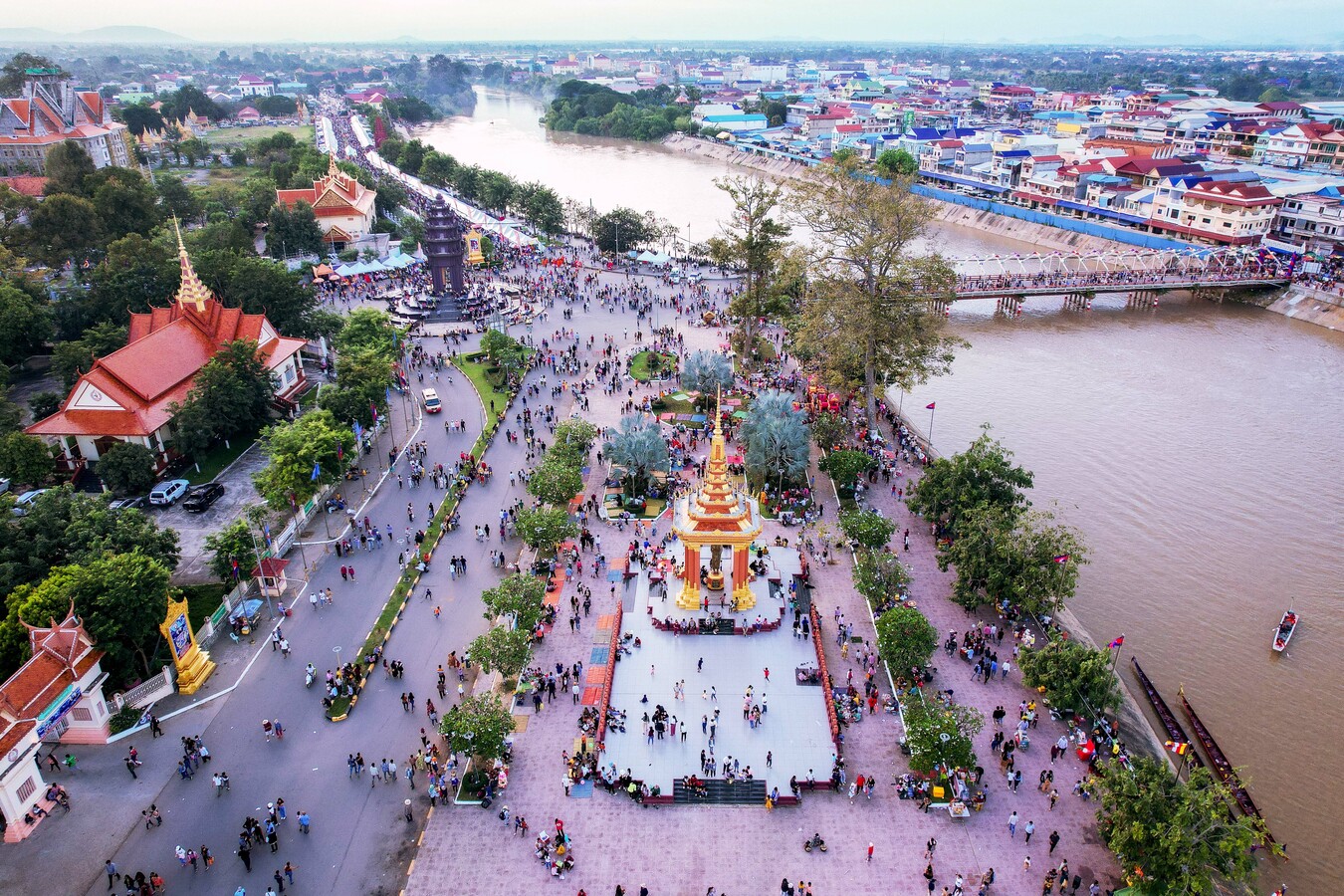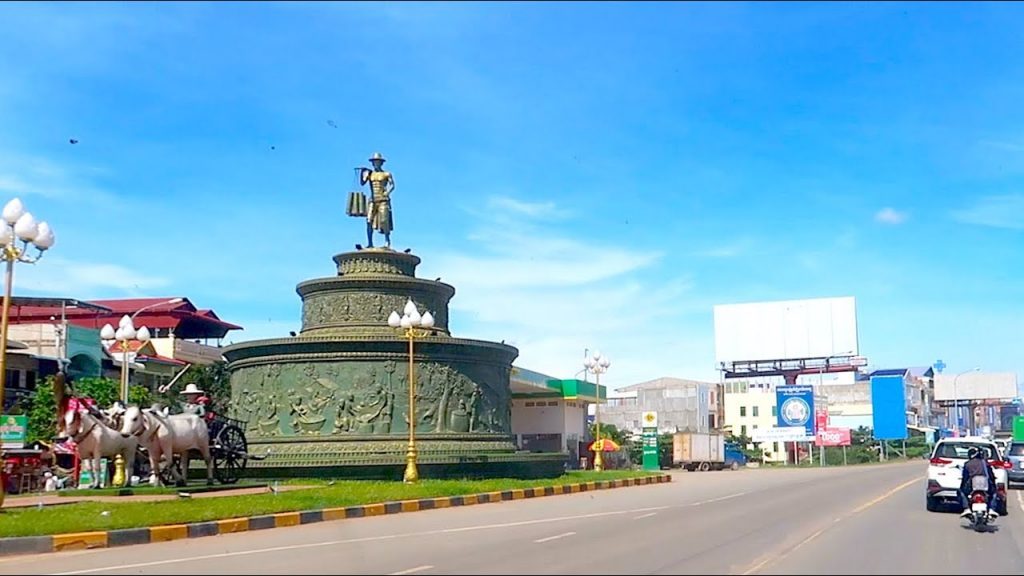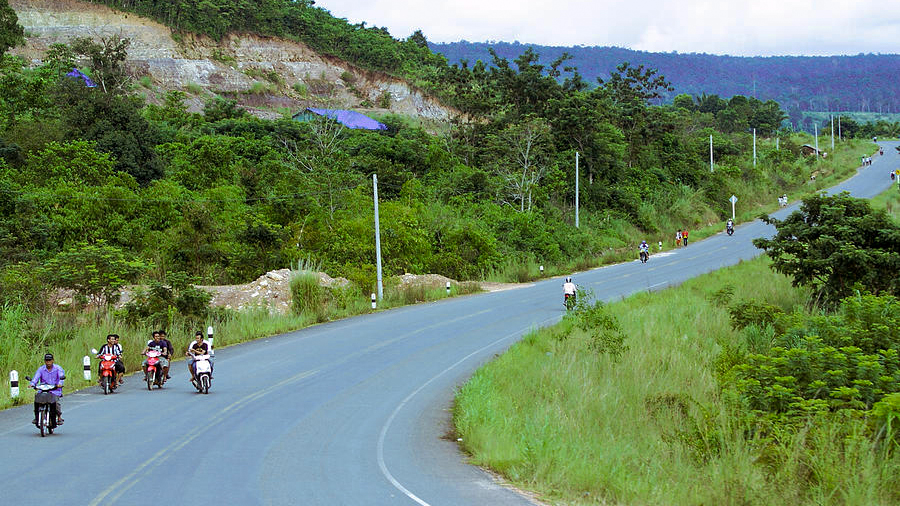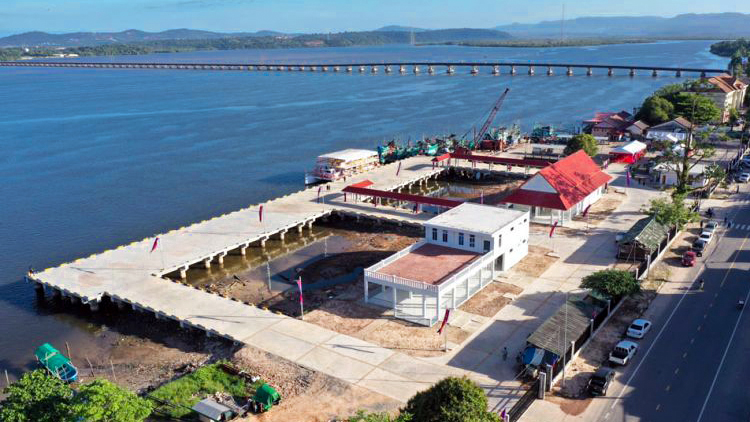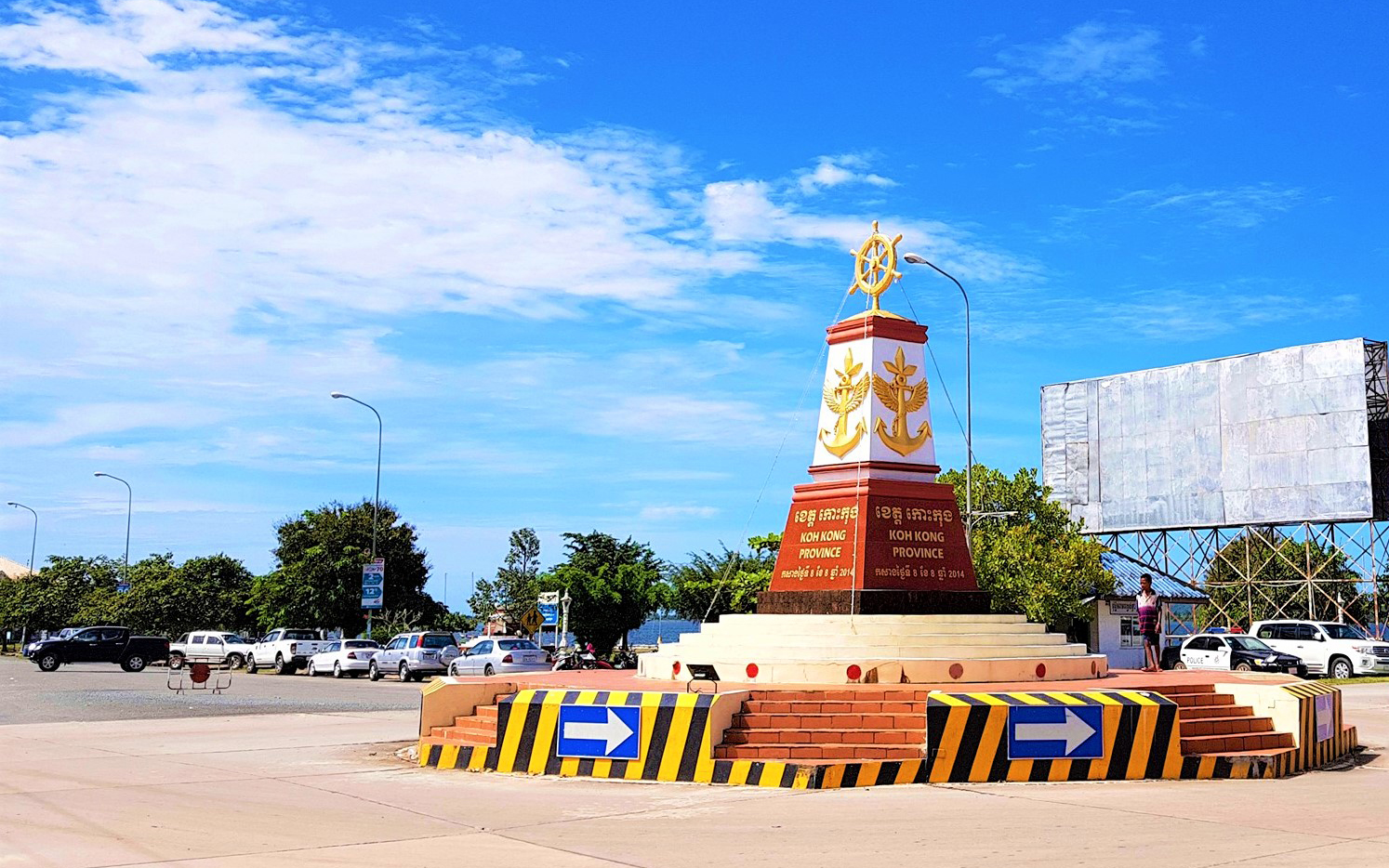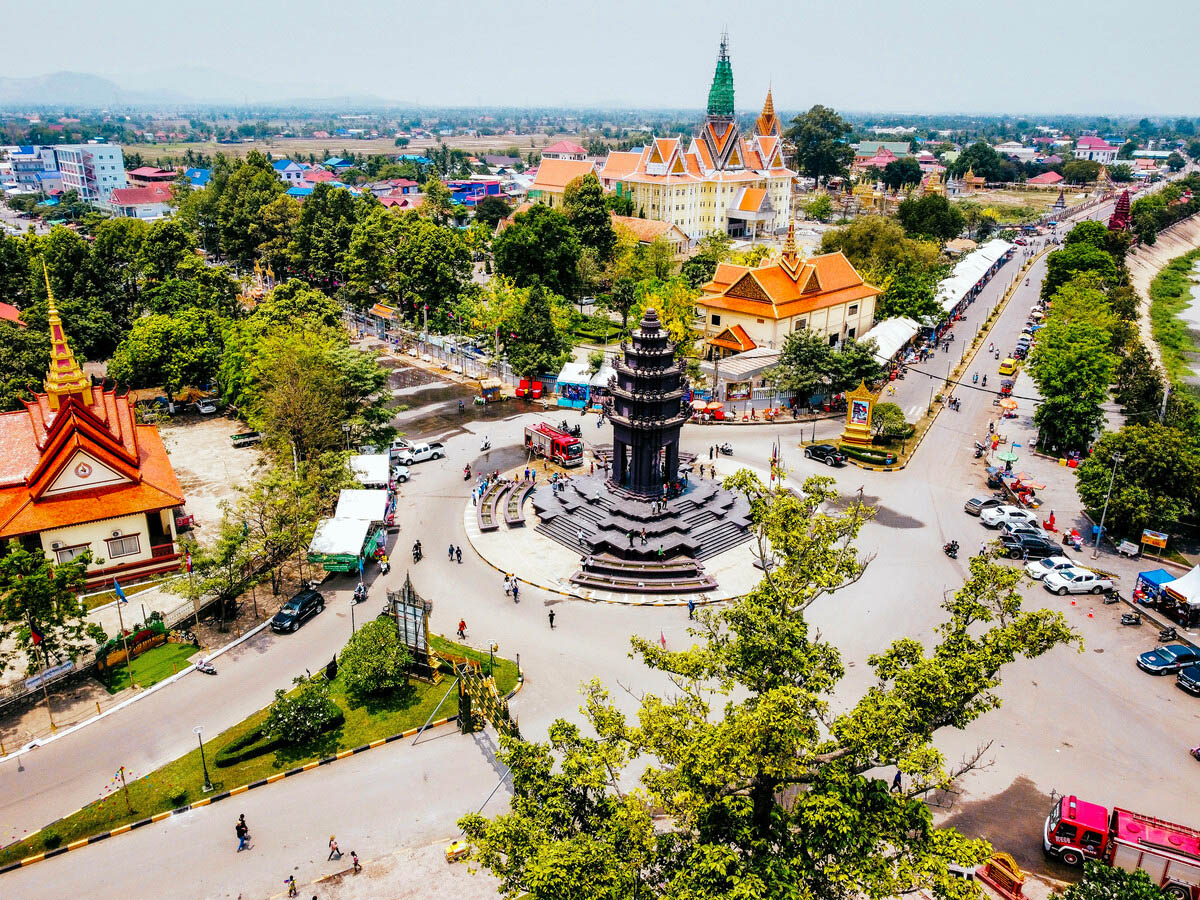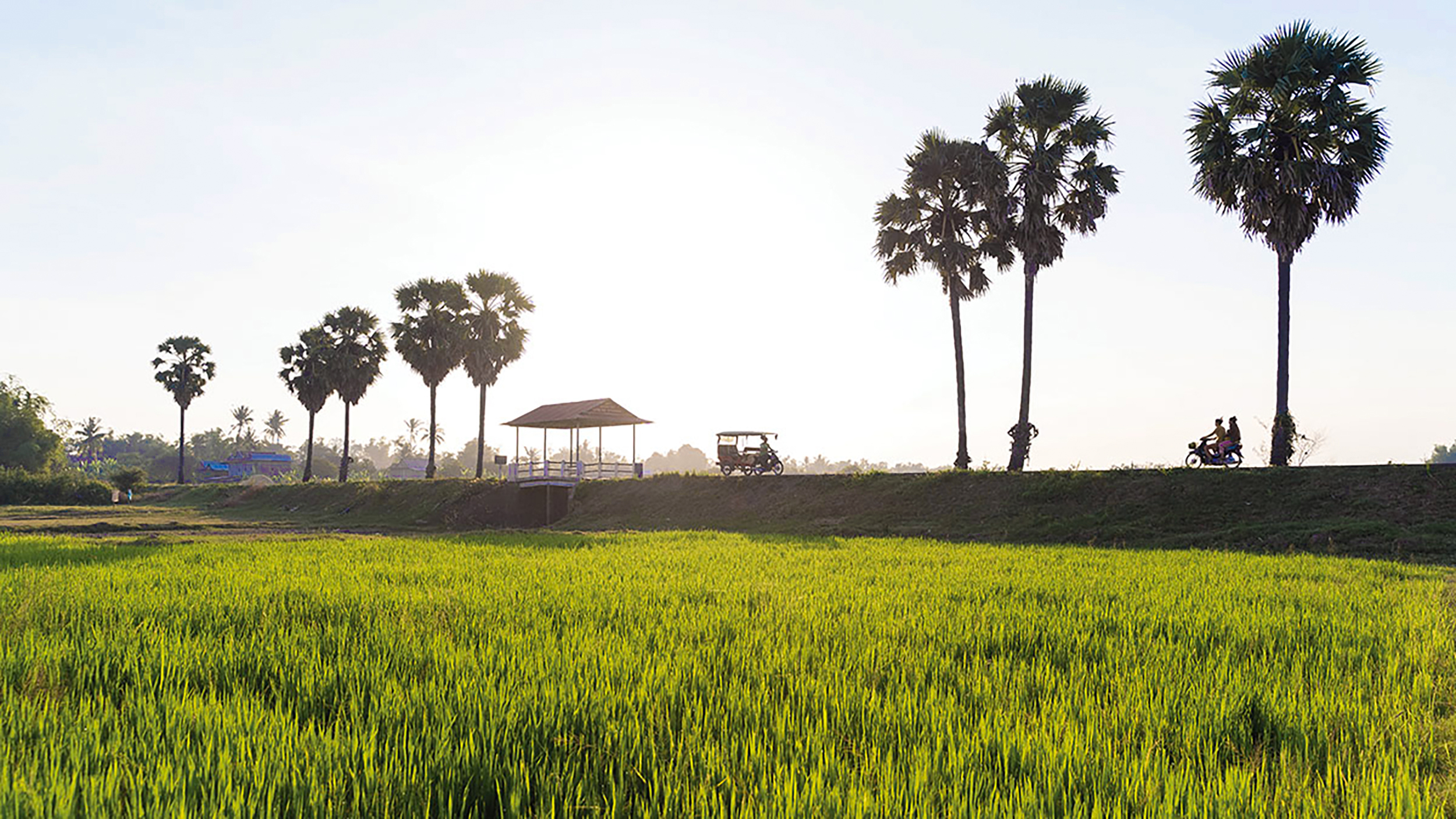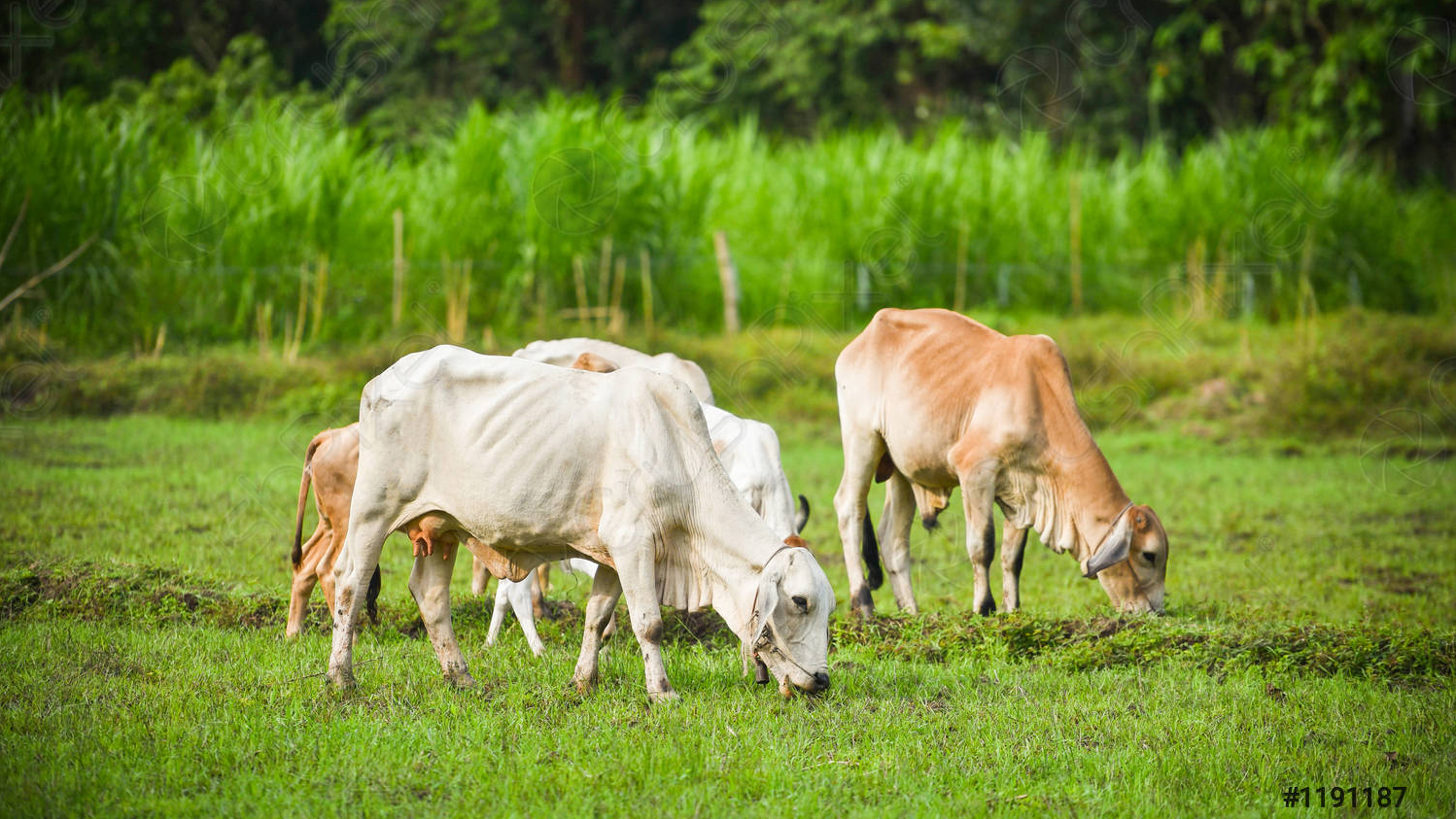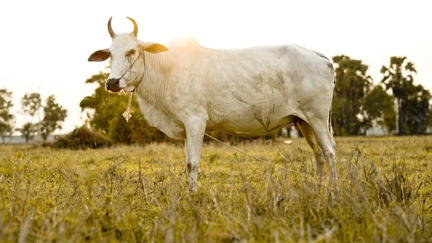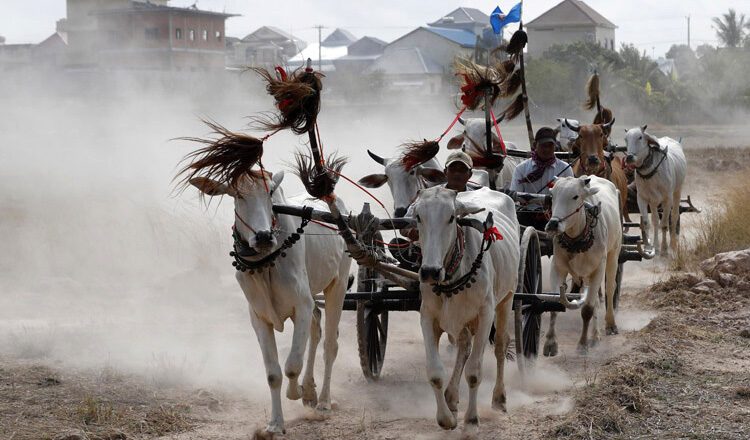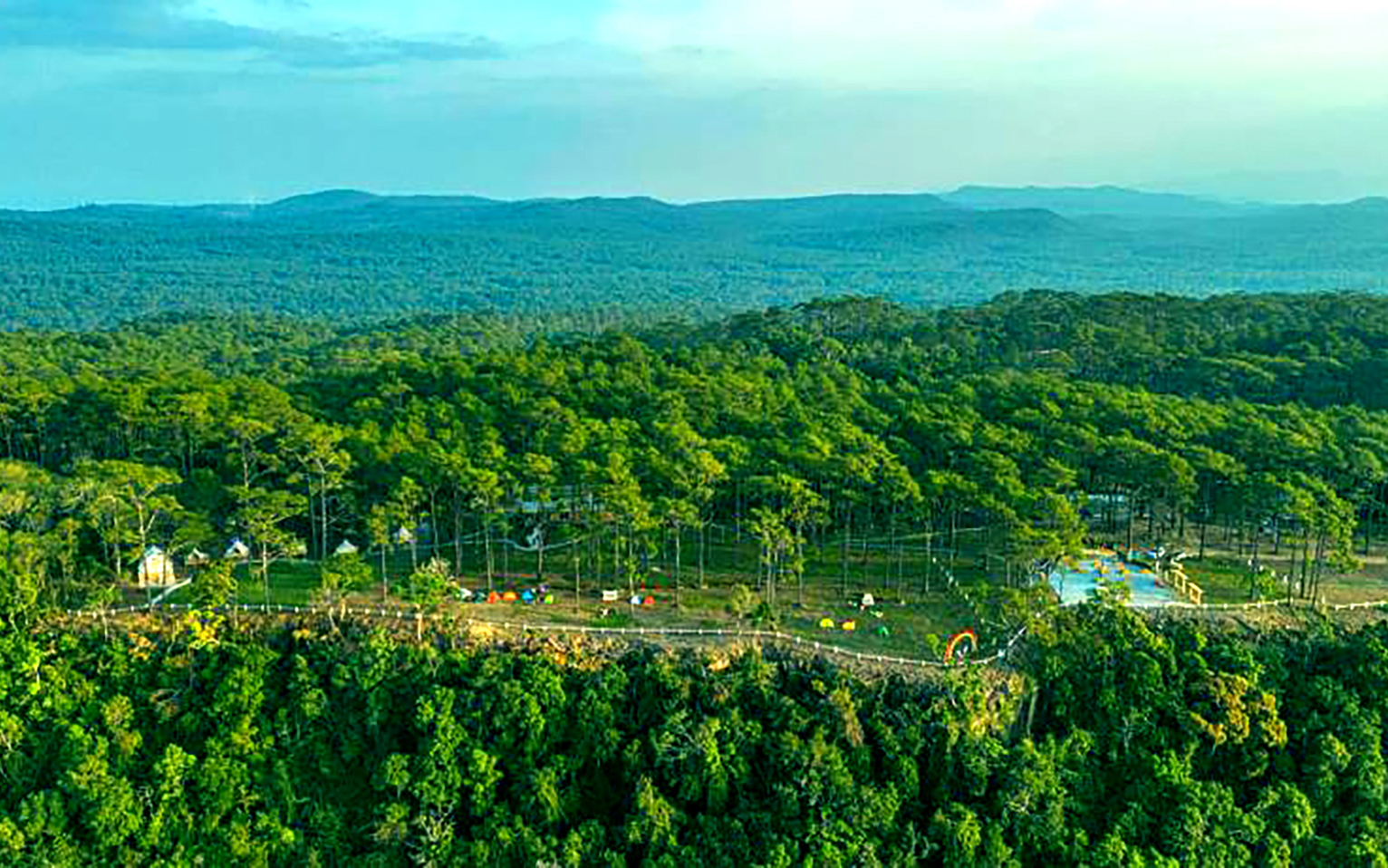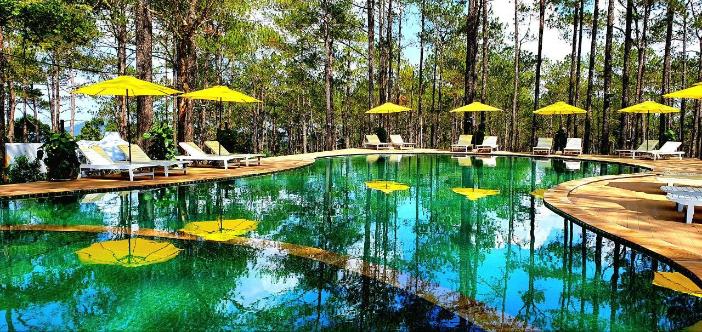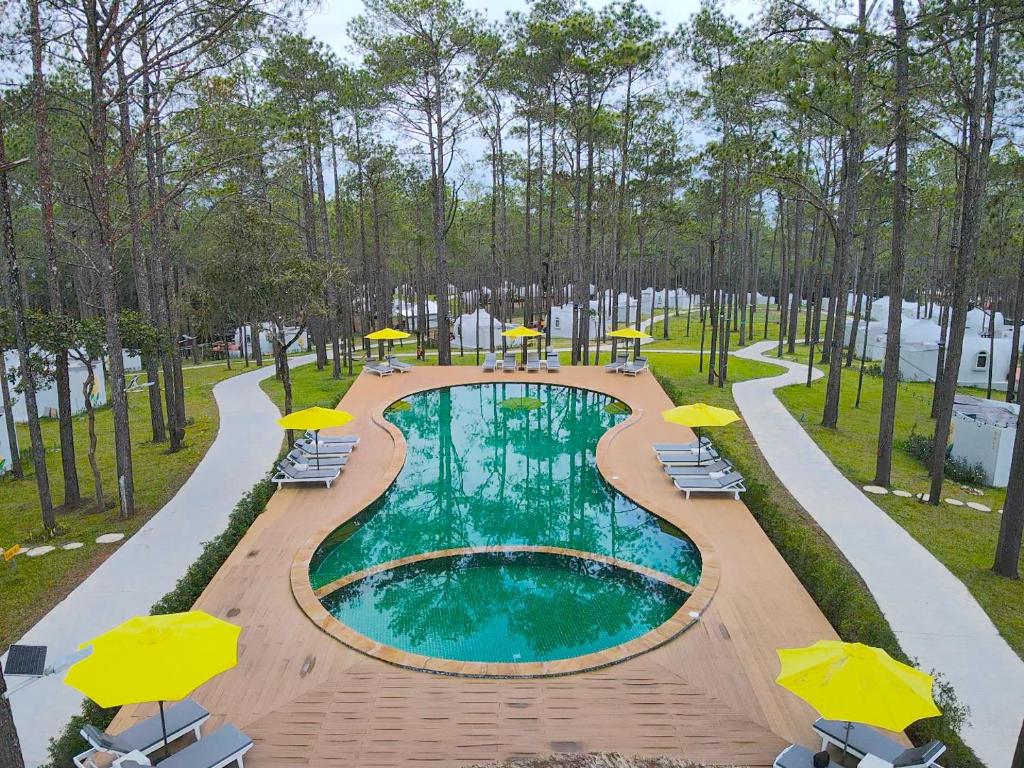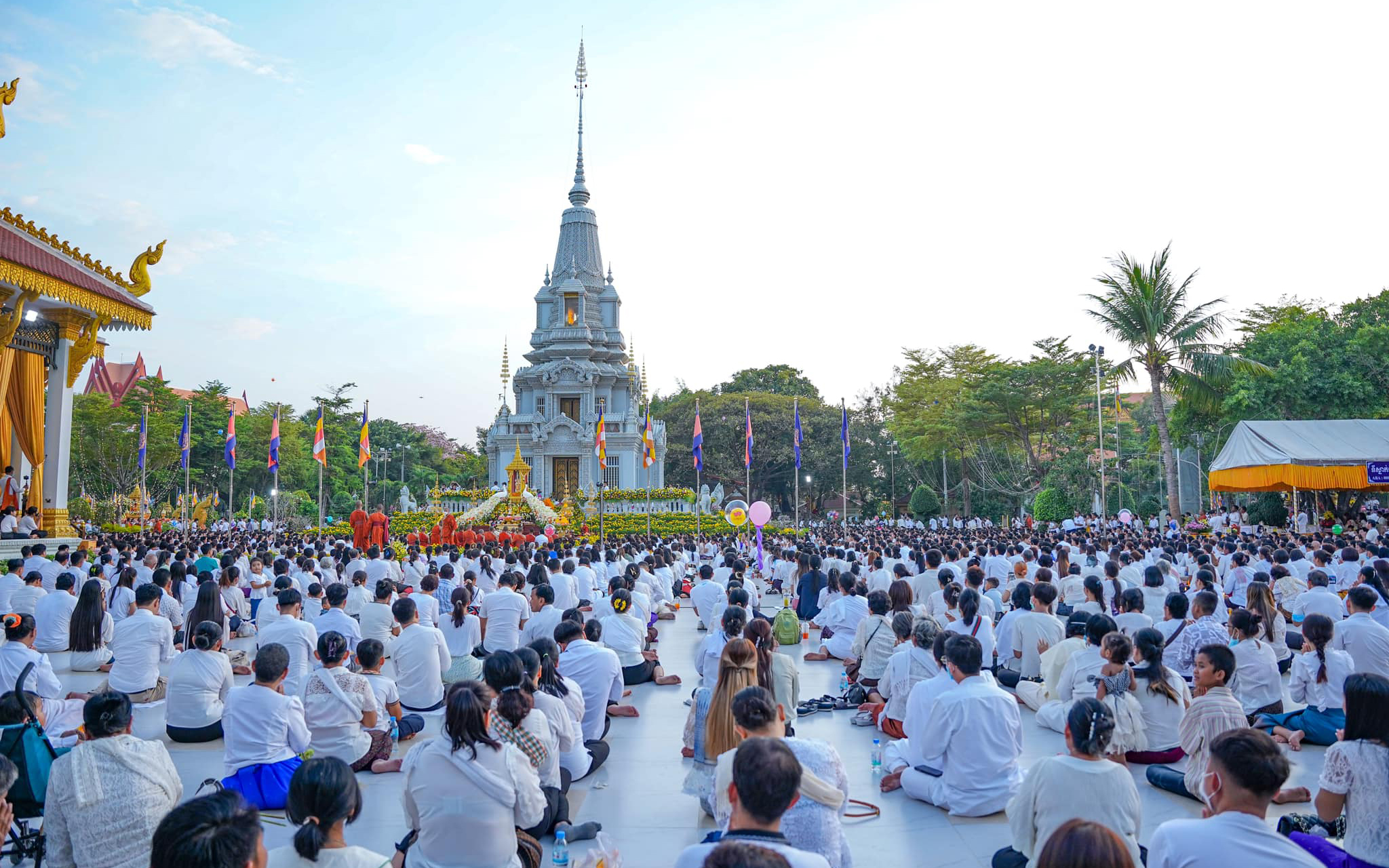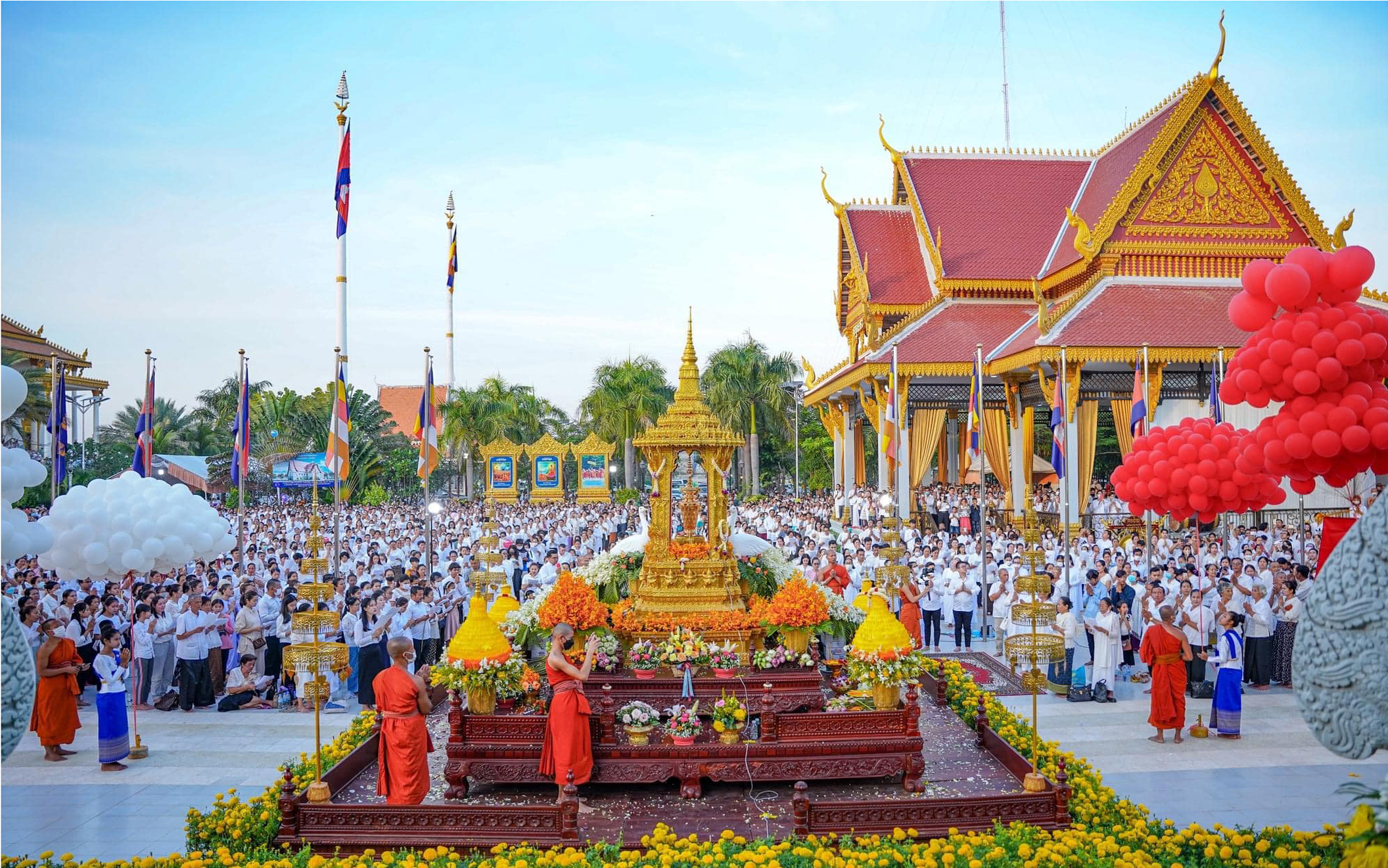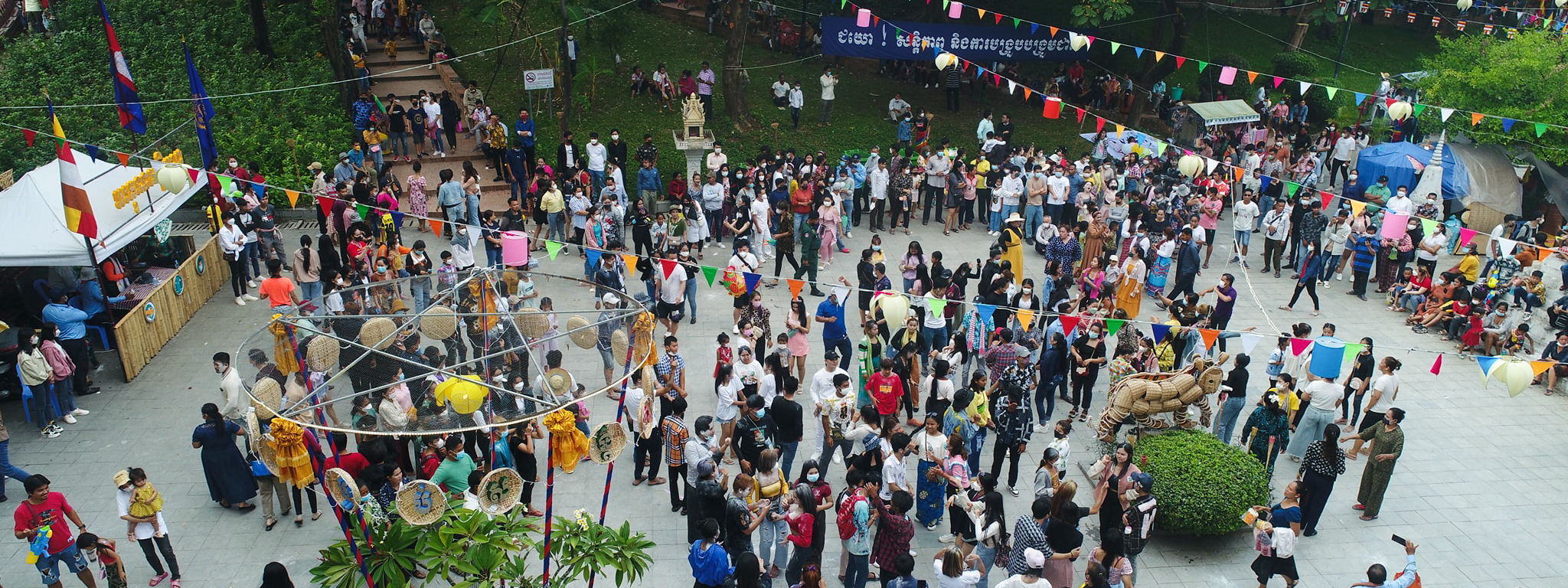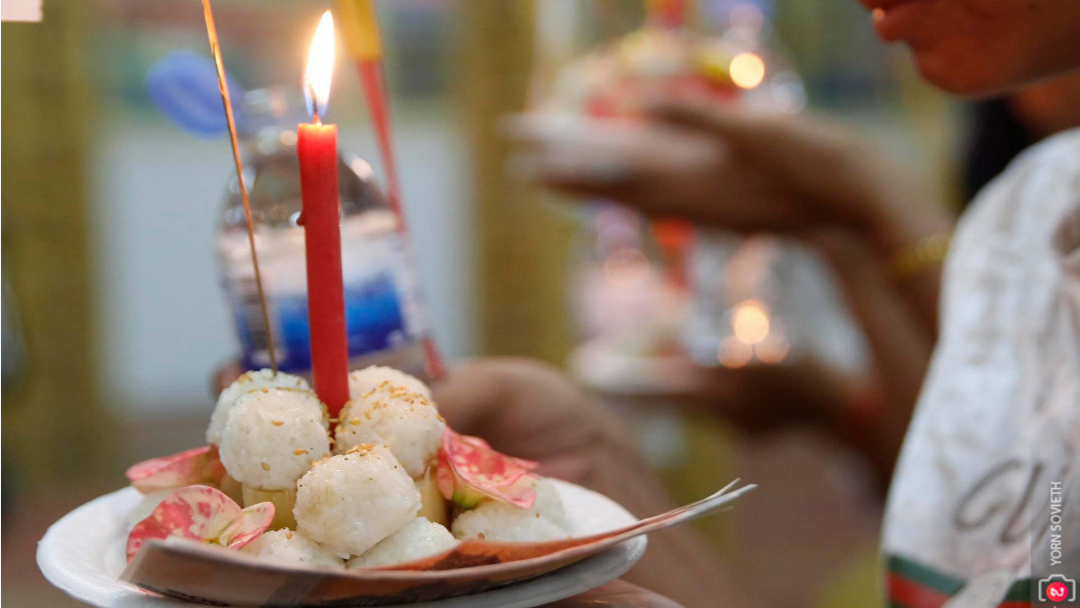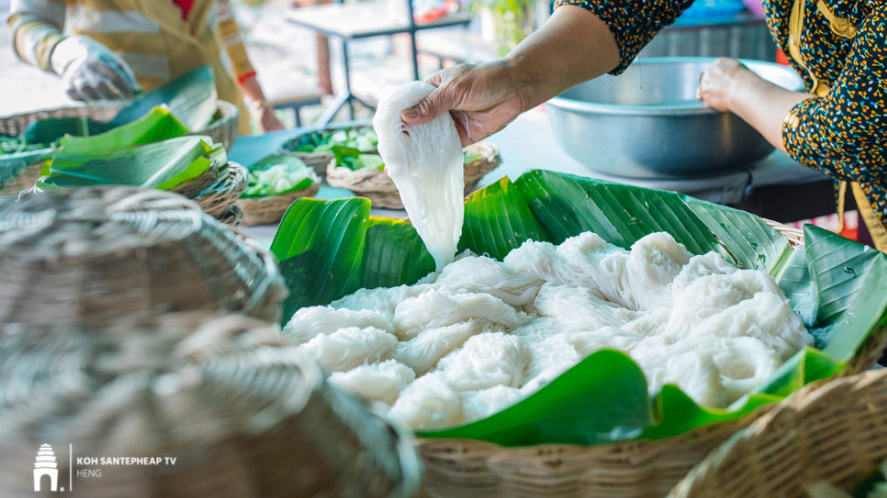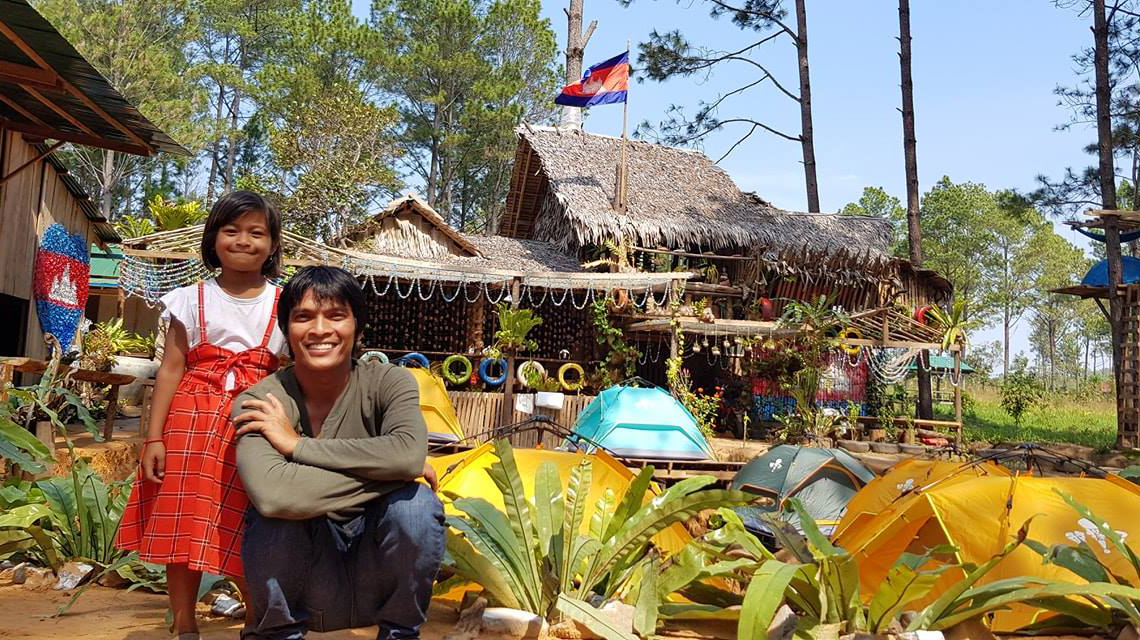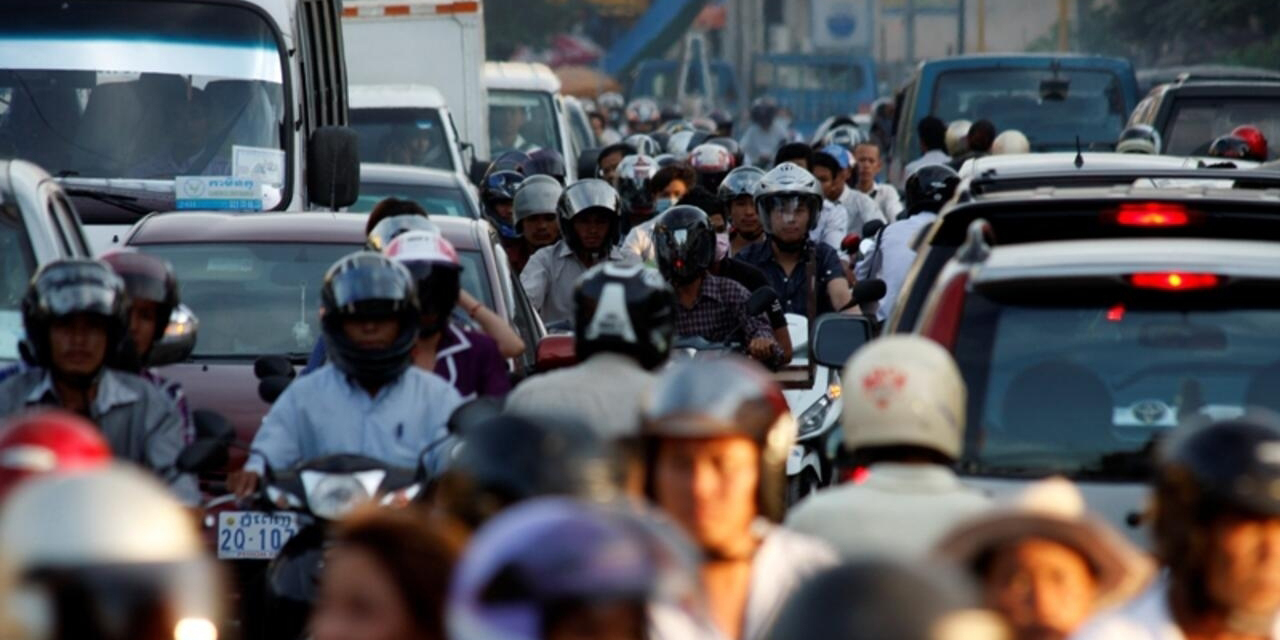Kampong Speu
Kampong Speu is a province in the southwestern part of Cambodia. Here are some key points about the province:
- Location: It’s situated in the southern part of the country, bordering the provinces of Koh Kong, Pursat, Kampot, Takeo, and Kandal. Phnom Penh, the capital city of Cambodia, is also nearby.
- Capital: The provincial capital is also named Kampong Speu. It’s a bustling town with markets, shops, and administrative offices.
- Economy: Agriculture is the primary economic activity in Kampong Speu. The province is known for its rice paddies, fruit orchards, and rubber plantations. Additionally, there are some small-scale industries, including garment factories and food processing plants.
- Tourism: While not as prominent as other provinces in Cambodia, Kampong Speu does offer some attractions for visitors. The area is known for its natural beauty, including mountains, waterfalls, and forests. One notable site is the Phnom Oudong, a series of stupas and temples atop a hill, offering panoramic views of the surrounding countryside.
- Culture: Like much of Cambodia, Kampong Speu has a rich cultural heritage. Traditional Khmer dance and music are still practiced in the province, and there are local festivals and celebrations throughout the year.
- Infrastructure: The province is connected to the rest of Cambodia by a network of roads, including National Highway 4, which links it to Phnom Penh and other major cities. However, infrastructure in some parts of the province, particularly rural areas, may be limited.
- Population: As of my last update, Kampong Speu had a population of over 800,000 people. The majority of the population is Khmer, the dominant ethnic group in Cambodia, though there are also some minority communities living in the province.
Overall, Kampong Speu is a province with a predominantly agricultural economy and rich cultural heritage, offering visitors a glimpse into rural Cambodian life and natural beauty.

